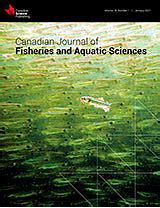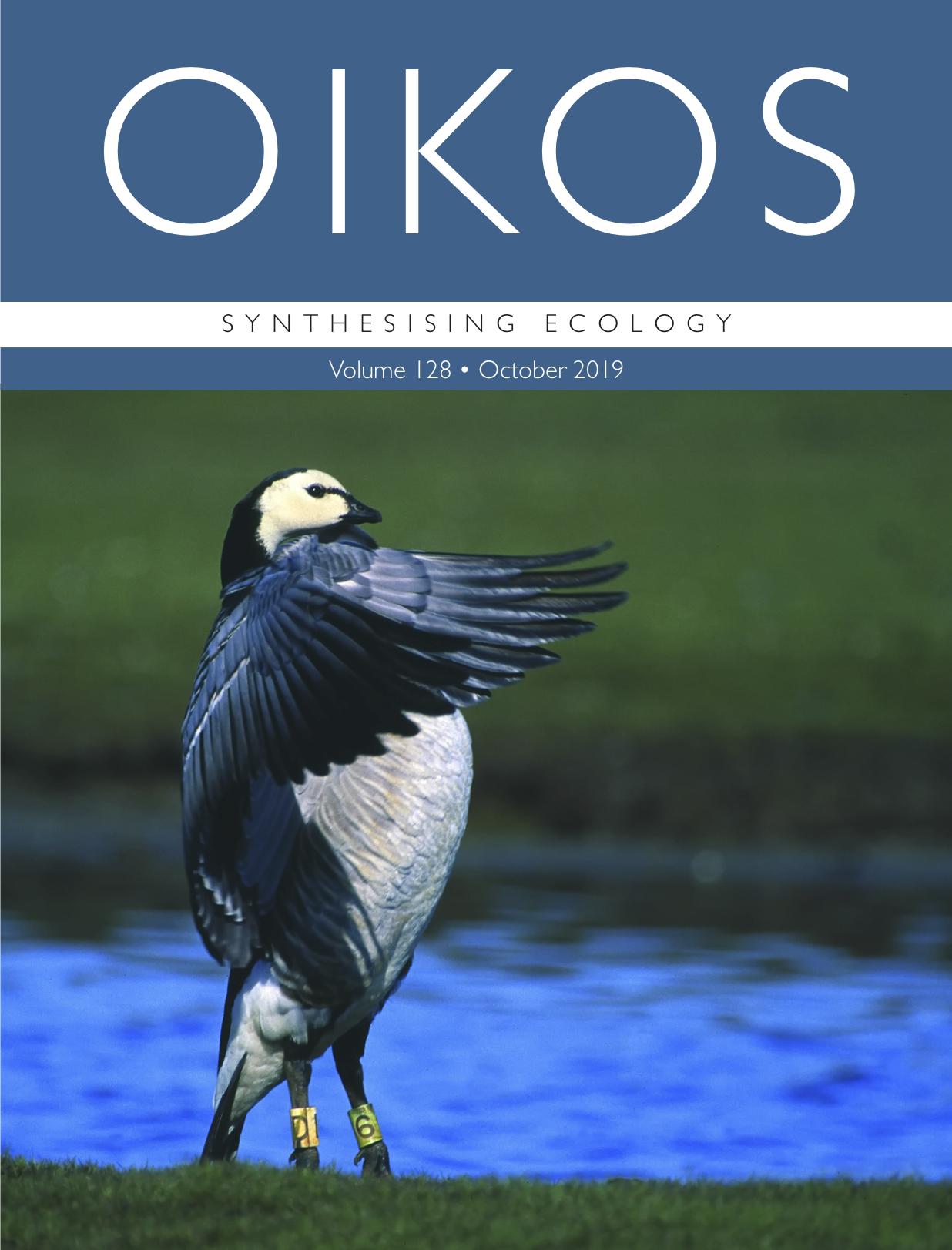Please find all scientific publications of IGB under > scientific publications
For more detailed information please refer to our > library catalogue
201 - 210 of 739 items

January 2025
Management of Biological Invasions. - 16(2025)1, 33 - 44
Questionnaire improvements in second-generation, multilingual decision support tools for invasion risk screening of non-native taxa
Lorenzo Vilizzi; Marina Piria; Gábor Herczeg; David Almeida; Zainab Al-Wazzan; Rigers Bakiu; Angela Boggero; Ratcha Chaichana; Dimitriy Dashinov; Mahanama De Zoysa; Allan S. Gilles Jr.; Philippe Goulletquer; Elena Interesova; Oldřich Kopecký; Nicholas Koutsikos; Akihiko Koyama; Petra Kristan; Shan Li; Juliane Lukas; Seyed Daryoush Moghaddas 24 , João G. Monteiro; Levan Mumladze; Chulhong Oh; Karin H. Olsson; Richard T. Pavia Jr.; Costas Perdikaris; Renanel Pickholtz; Cristina Preda; Milica Ristovska; Kristína Slovák Švolíková; Barbora Števove; Kieu Anh T. Ta; Eliza Uzunova; Leonidas Vardakas; Hugo Verreycken; Hui Wei; Baran Yoğurtçuoğlu; Daniela Giannetto; Dariusz Pietraszewski
January 2025
Oikos. - 2025(2025)4, Art. e10887
Parallels and divergences in landscape genetic and metacommunity patterns in zooplankton inhabiting soda pans
Zsófia Horváth; Tsegazeabe Hadush Haileselasie; Csaba F. Vad; Robert Ptacnik; Luc De Meester

January 2025
Methods in Ecology and Evolution. - 16(2025)2, S. 295-301
Single-egg comet assay: A protocol to quantify DNA damage in natural bioarchives
Rejin Salimraj; Alessio Perotti; Marcin W. Wojewodzic; Dagmar Frisch

January 2025
Biological Reviews. - 100(2025)3, 1163-1180
Non-native species have higher consumption rates than their native counterparts
Larissa Faria; Ross N. Cuthbert; James W. E. Dickey; Jonathan M. Jeschke; Anthony Ricciardi; Jaimie T. A. Dick; Jean R. S. Vitule

January 2025
Ecology and Evolution. - 15(2024)1, Art. e70787
Divorce Rates Better Predict Population-Level Reproductive Success in Little Penguins Than Foraging Behaviour or Environmental Factors
Matthew D. Simpson; Ashton L. Dickerson; Andre Chiaradia; Lloyd Davis; Richard D. Reina

January 2025
Journal of Hazardous Materials. - 487(2025), Art. 137062
Effects of tire wear particles on freshwater bacterial-fungal community dynamics and subsequent elemental cycles using microcosms
Yuanyuan Mo; Fazel Abdolahpur Monikh; Yousuf Dar Jaffer; Richard Mugani; Danny Ionescu; Guogui Chen; Jun Yang; Hans-Peter Grossart
January 2025
Nature. - 638(2025), 138–145
One-quarter of freshwater fauna threatened with extinction
Catherine A. Sayer, Eresha Fernando, Randall R. Jimenez, Nicholas B. W. Macfarlane, Giovanni Rapacciuolo, Monika Böhm, Thomas M. Brooks, Topiltzin Contreras-MacBeath, Neil A. Cox, Ian Harrison, Michael Hoffmann, Richard Jenkins, Kevin G. Smith, Jean-Christophe Vié, John C. Abbott, David J. Allen, Gerald R. Allen, Violeta Barrios, Jean-Pierre Boudot, Savrina F. Carrizo, Patricia Charvet, Viola Clausnitzer, Leonardo Congiu, Keith A. Crandall, Neil Cumberlidge, Annabelle Cuttelod, James Dalton, Adam G. Daniels, Sammy De Grave, Geert De Knijf, Klaas-Douwe B. Dijkstra, Rory A. Dow, Jörg Freyhof, Nieves García, Joern Gessner, Abebe Getahun, Claudine Gibson, Matthew J. Gollock, Michael I. Grant, Alice E. R. Groom, Michael P. Hammer, Geoffrey A. Hammerson, Craig Hilton-Taylor, Laurel Hodgkinson, Robert A. Holland, Rima W. Jabado, Diego Juffe Bignoli, Vincent J. Kalkman, Bakhtiyor K. Karimov, Jens Kipping, Maurice Kottelat, Philippe A. Lalèyè, Helen K. Larson, Mark Lintermans, Federico Lozano, Arne Ludwig, Timothy J. Lyons, Laura Máiz-Tomé, Sanjay Molur, Heok Hee Ng, Catherine Numa, Amy F. Palmer-Newton, Charlotte Pike, Helen E. Pippard, Carla N. M. Polaz, Caroline M. Pollock, Rajeev Raghavan, Peter S. Rand, Tsilavina Ravelomanana, Roberto E. Reis, Cassandra L. Rigby, Janet A. Scott, Paul H. Skelton, Matthew R. Sloat, Jos Snoeks, Melanie L. J. Stiassny, Heok Hui Tan, Yoshinori Taniguchi, Eva B. Thorstad, Marcelo F. Tognelli, Armi G. Torres, Yan Torres, Denis Tweddle, Katsutoshi Watanabe, James R. S. Westrip, Emma G. E. Wright, E Zhang & William R. T. Darwall
The largest global assessment of freshwater animals on the IUCN Red List of Threatened Species to date has revealed that 24 per cent of the world’s freshwater fish, dragonfly, damselfly, crab, crayfish and shrimp species are at high risk of extinction.

January 2025
Canadian Journal of Fisheries and Aquatic Sciences.- 82(2025), S. 1–20.
How quota cuts, recreational fishing, and predator conservation can shape coastal commercial fishery efforts
Dieter Koemle; Sean Pascoe; Marc Simon Weltersbach; Birgit Gasslere; Robert Arlinghaus

January 2025
Ecology and Evolution. - 15(2025)1, Art. e70820
Genomics Reveal Population Structure and Intergeneric Hybridization in an Endangered South American Bird: Implications for Management and Conservation
Marisol Domínguez; Larissa S. Arantes; Pablo D. Lavinia; Nicole Bergjürgen; Agustin I. Casale; Pablo A. Fracas; Darío A. Lijtmaer; Pablo Tubaro; Sarah Sparmann; Susan Mbedi; Camila Mazzoni; Bettina Mahler; Ralph Tiedemann

January 2025
Ecology and Evolution. - 14(2024)12, 1-15
A Tale of Two Lakes: Divergent Evolutionary Trajectories of Two Daphnia Populations Experiencing Distinct Environments
Matthew J. Wersebe; Tosten Günther; Philip K. Moston; Lawrence J. Weider; Dagmar Frisch


